Lost Palace of Siraj-ud-Daulah
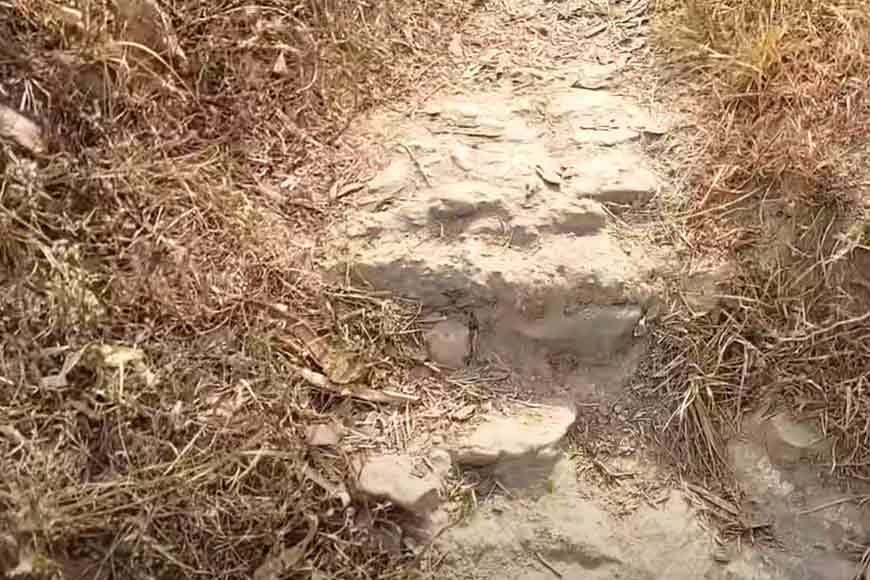
Murshidabad, on the banks of the Bhagirathi River, is steeped in history. Set up by Nawab Murshid Quli Khan, the Dewan of Bengal, Bihar and Orissa, it was originally named ‘Maksudabad’. Murshidabad was once the capital of this vast region in the East. Calcutta, now Kolkata, became the capital much later, in 1773. Eventually, Calcutta became the capital of the British Indian empire till it was shifted to Delhi in 1911. Although Murshidabad’s former glory ceased long ago, fantastic fables and historical anecdotes can still be discerned in the lanes and by-lanes of the town. The name of Murshidabad is synonymous with Siraj-ud-Daulah. the last independent Nawab of Bengal. He lost the Battle of Plassey in 1757, paving the way for the British conquest of India.
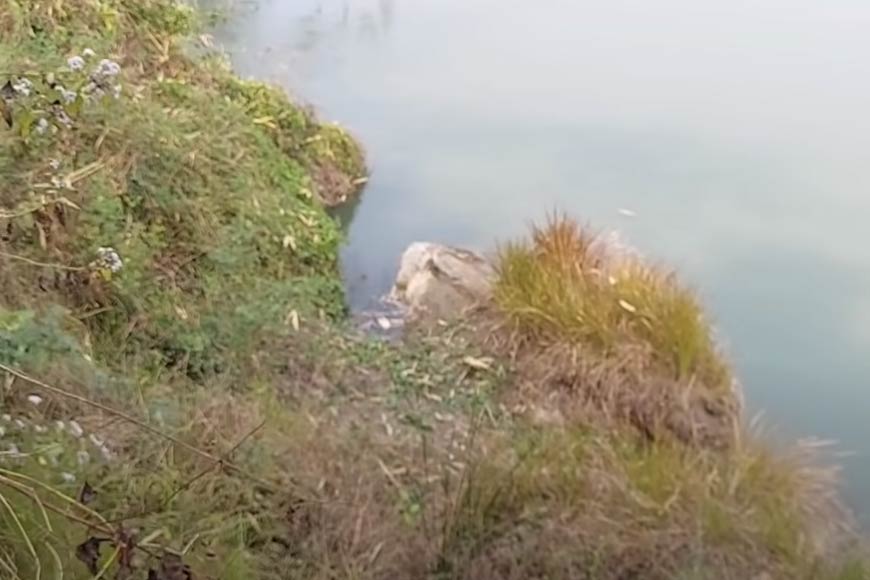
Murshidabad can still boast of a number of exquisite historic buildings, but it is surprising that only two structures are ascribed to Siraj that have withstood the ravages of time and stand erect to this day -- one is Medina, which once stood at the centre of Siraj’s Imambara, and his tomb at Khoshbagh. But what about the Nawab’s palace, the royal residence one associates with emperors? What happened to Nawab Siraj ud-Daulah’s opulent palace, the seat of power in Murshidabad and Heera Jheel or pleasure garden he is famed to have built? Unfortunately, they have been usurped by the Bhagirathi River and all that is left of the grandiose past are bricks found in the midst of agricultural fields. Parts of the field appear elevated with old bricks framing its edges. These are the vestiges of Siraj’s palace.
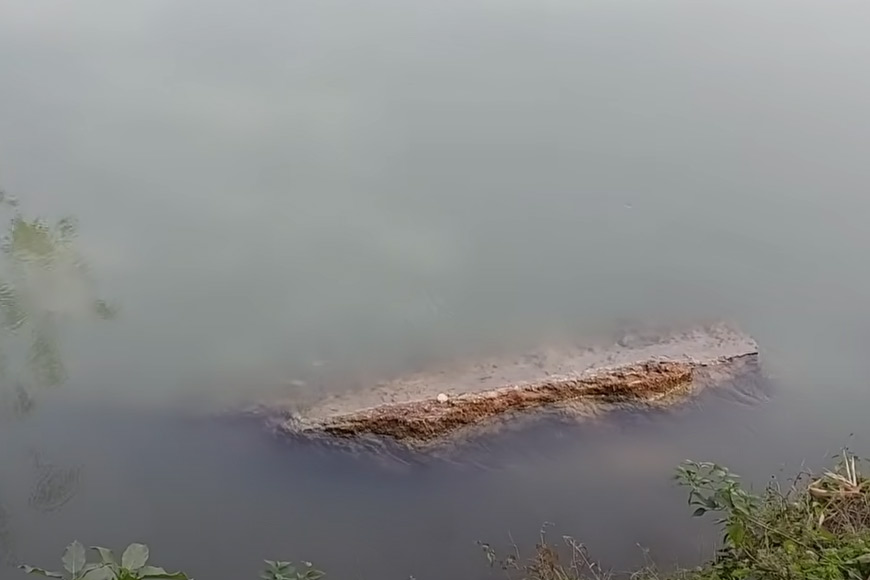
But how did an entire palace disappear? According to District Gazetteers, the palace was “cut away by the river” (Bhagirathi) that changed its track often in the past. The District Gazetteer, incidentally, is a comprehensive geographical, economic, social and cultural catalogue of the Indian subcontinent catalogued during British era.
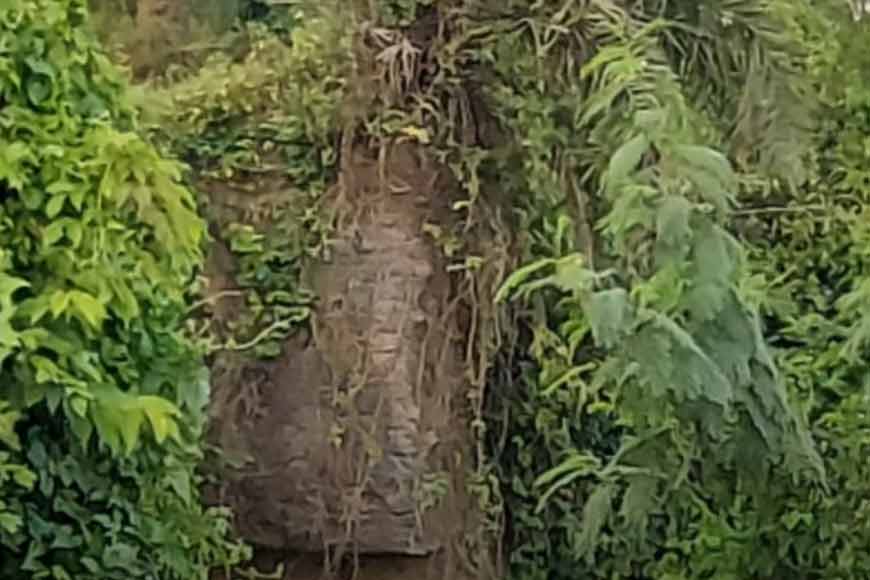
Siraj-ud-Daulah is hailed as the last independent Nawab of Bengal but there are contemporary accounts that describe him as a cruel, malevolent megalomaniac. Jean Law wrote, “Not one of the many sources for the period – Persian, Bengali, Mughal, French, Dutch or English – has a good word to say about Siraj.” Stories of his cruelty galore. Siraj ud-Daulah grandfather, Aliverdi Khan, was a benevolent, capable administrator and his subject respected and loved him. But several accounts speak of Siraj’s cruelty, sadism and debauchery. His name invoked terror across Bengal but he was an extremely incompetent ruler, utterly ignorant and yet possessing a ridiculously inflated ego.
Although there are contemporary versions of Siraj as the utterly spoilt brat, not much written account can be traced about his palace. The only comprehensive book on the historical monuments of Murshidabad, ‘The Musnud of Murshidabad,’ (1904) was authored by Purna Chandra Mazumdar. He writes Siraj had two massive buildings built on the banks of Bhagirathi River, bang opposite Mir Jaffar’s residence, Jafragunj Palace. One was Heera Jheel, a pleasure garden surrounded by an artificial moat and the other was the magnificent Mansurganj Palace. Inside the palace complex was built Emtazmahal, a place large enough to accommodate three European monarchs. Siraj chose a secluded low area close to the river for constructing his palace. This meant that during heavy monsoons, the palace would have been submerged. Repeated flooding must have weakened the structure and eventually the entire palace caved in.
From different sources it is learnt that the raw material for the palace was sourced from the ruins of Gaur, the ancient and abandoned capital of Bengal. When Mazumdar was writing the book, he mentioned that all that was visible of the palace was its pipes and drainage system. The top of a brick arch remains at the site. Large chunks of masonry are still visible along the river bank. Some overhang the river and fragmented brick structures peep out of the river when the waves recede. 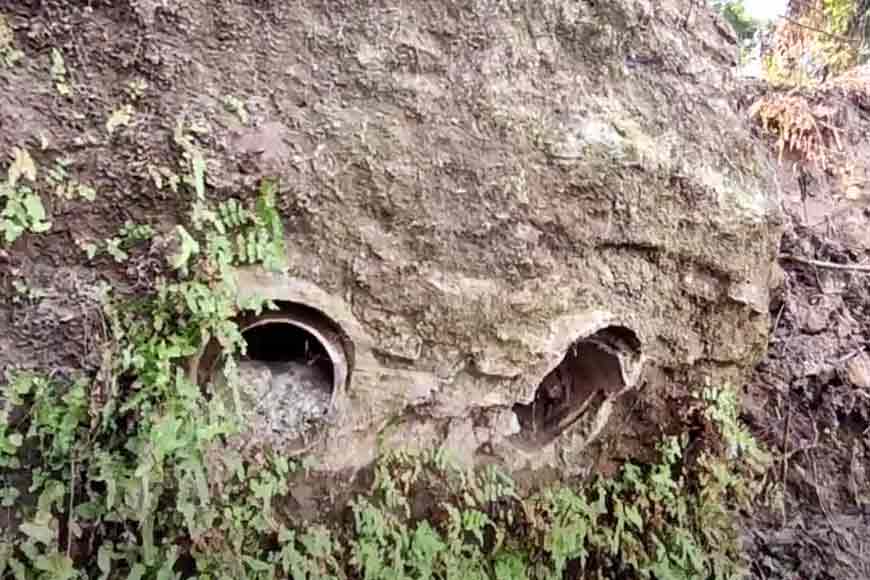
But many historians are still doubtful of the existence of Mansurganj Palace. To end all controversies once and for all, archaeologist Dr Tathagata Neogi, who is also the founder of Heritage Walk Calcutta, zeroes in on the idea of scanning Murshidabad using sophisticated Geographical Information System (GIS) satellite imagery. The result confirmed the river had indeed changed its course frequently in the past. Back in those days, a major part of the town was a part of Bhagirathi’s flood plain and the other historical monuments which have survived the ravages of nature are constructed on elevated ground.
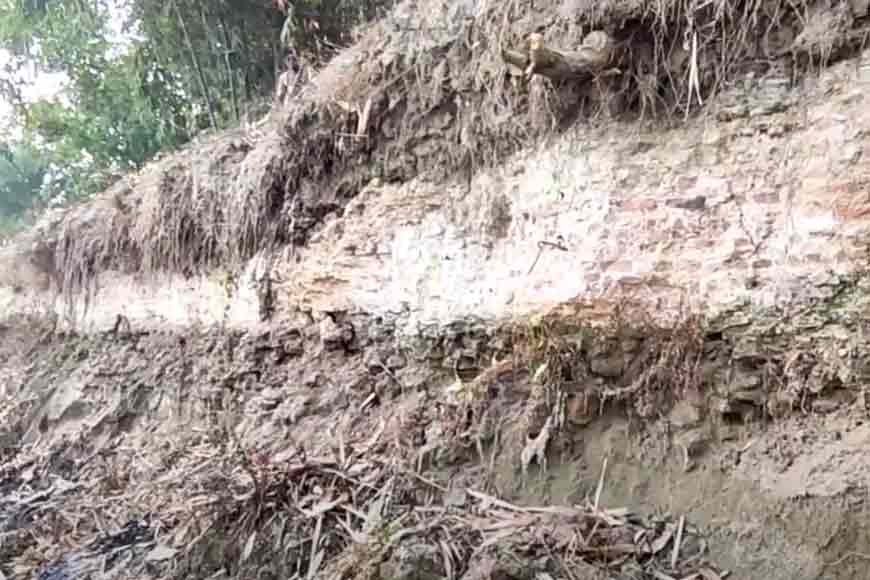
The disappearance of Mansurganj Palace is an irreplaceable loss for us. This was the site where a number of important historical events took place. It was here that Siraj took refuge after he was defeated at the Battle of Plassey and tried to flee in a boat, with his valuables and his third wife and primary consort, Lutfunnisa Begum. And it was at this Mansurganj Palace that Mir Jaffar was crowned. Soon after the Battle of Plassey, Mir Jaffar took up residence in the Mansurganj Palace. Mazumdar writes the palace was a treasure house with its coffers overflowing with gold, silver, precious stones and gems and gold and silver coins. Much of these treasures were loaded on barges and transported to East India Company’s headquarters at Calcutta.
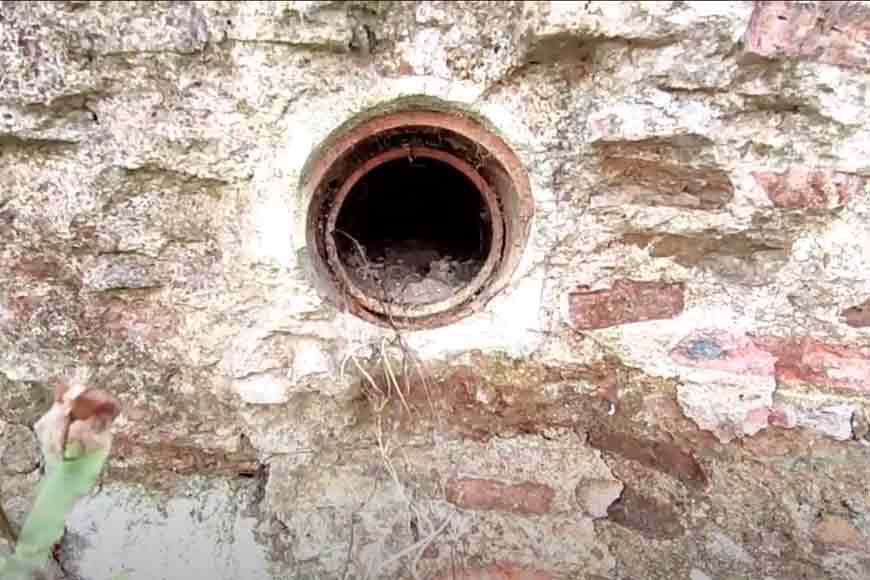
Murshidabad has lost its grandeur. There have been no attempts over the years to excavate and restore the site where Mansurganj Palace existed. It is a pity that enthusiastic tourists who make a beeline to see the historical monuments of Murshidabad will never know about Siraj ud-Daulah’s magnificent palace.









